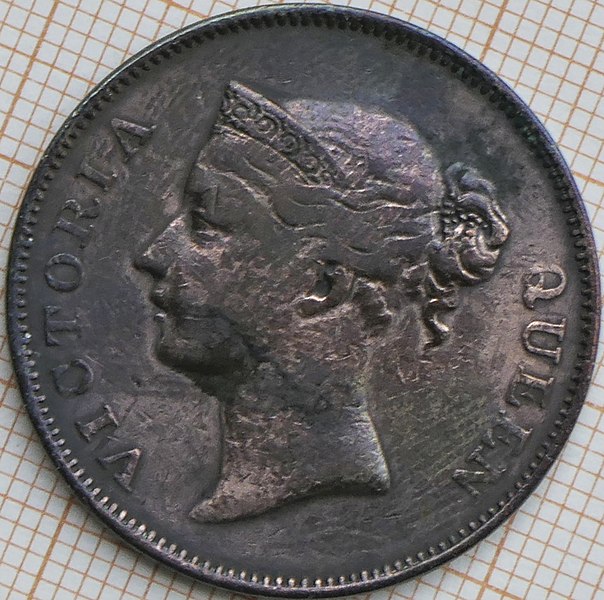India/East India Company


[Image ID: The picture on the left shows one cent coin from 1845 that is attributed to the East India Company. The coin is copper in color and features Queen Victoria in profile. The picture on the left is an illustration of the Sepoy Mutiny at Meerut. The foreground shows a broken stone fence with bodies along it, the middleground shows Indians and Europeans fighting, and small, burning buildings are in the background; smoke fills the air due to the numerous fires. /end image ID] These images are used under the Creative Commons CC0 1.0 Universal Public Domain Dedication or are part of the public domain.
Two characters in David Copperfield depart from England to visit and live in India: Mr Jack Maldon and Julia Mills. Mr Maldon goes to India for business purposes, and Julia leaves for India for more personal reasons. While in India, the two may have felt the weight and control the East India Company (EIC) had over the subcontinent. The EIC was a British company that had rooted itself in India; the corporation had its own territory, army, and an almost total monopoly on tea. At first, the company tailored it’s market on pepper and other various spices, but then they began trading silk, calico (a type of cotton cloth), and tea. The EIC had a royal charter which gave the company unprecedented power over India. This charter was originally used to help EIC fight off invaders who would disrupt business, but in 1757, the EIC seized control of the entire Mughal state of Bengal. Because of this victory, EIC was able to drive the French and Dutch off of the subcontinent which allowed England to be the sole European power in India.
By the 1850s the EIC controlled much of India; to keep this control, native soldiers (called sepoys) were hired. The sepoys began to suspect the English were attempting to convert them to Christianity because large numbers of Christian missionaries were arriving in India. Around this time, a rumour spread that pig and cow grease were being used in the rifle ammunition. This use of animal products goes against Muslim and Hindu teachings. There were political, cultural, and social issues that set the stage for the 1857-58 Sepoy Mutiny, but the change in ammunition was the spark for the revolt. After the rebellion was quelled, the EIC had lost its foothold in India, and the company disbanded in 1874.
Works Cited:
Blakemore, Erin. “How the East India Company Became the World's Most Powerful Business.” National Geographic, 6 Sept. 2019, www.nationalgeographic.com/culture/topics/reference/british-east-india-trading-company-most-powerful-business/.
McNamara, Robert. “The Bloody Uprising and Response That Shook British India in the 1850s.” ThoughtCo, 2019, www.thoughtco.com/sepoy-mutiny-of-1857-1774014.
Parent Map
Coordinates
Longitude: 78.962880000000
